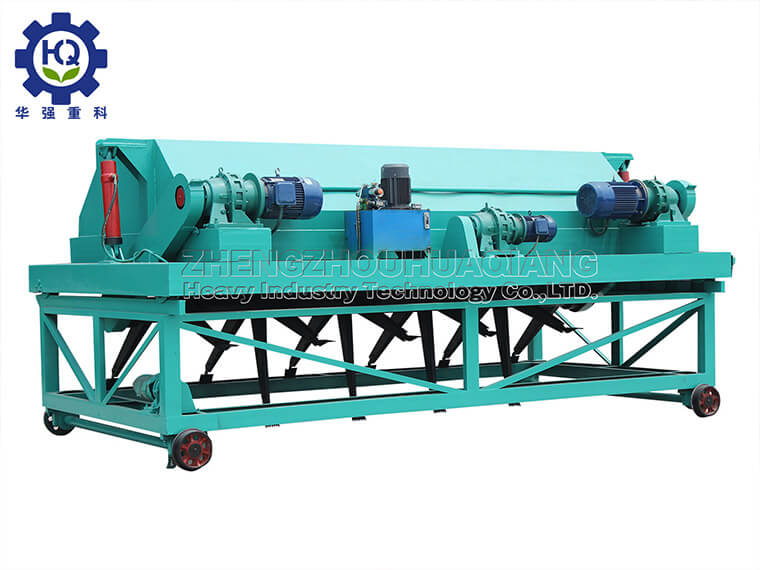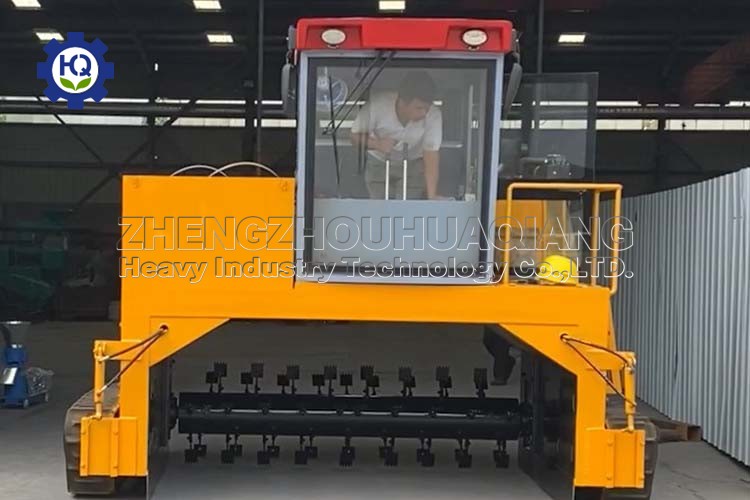Firstly, you should choose a composting machine based on your annual organic fertilizer production. Different models of composting machines can be used by organic fertilizer manufacturers of different scales. Therefore, before purchasing, it is important to understand the approximate annual production of your organic fertilizer, as well as basic issues such as the quantity and moisture content of raw materials used. The more detailed you understand these issues, the smoother your selection will be, and the more suitable the organic fertilizer composting machine equipment you purchase will be.
Secondly, after understanding oneself, it is necessary to understand the organic fertilizer turner. When choosing a stacker, first of all, you need to understand the types of stackers. Nowadays, stackers are mainly divided into slot type and self-propelled type. Due to the manual construction of slots before operation, and the special structure of slot type stackers, the oxygen supply is worse than that of self-propelled stackers. Therefore, many organic fertilizer manufacturers prefer to purchase self-propelled stackers.
Of course, slot type stackers also have their own advantages, which is that they are more land saving than self-propelled stackers and can be installed in conjunction with organic fertilizer granulation production lines for continuous production.
The self-propelled overturning machine adopts a four-wheel walking design, which is easy to operate and can move forward and backward to overturn. During driving, the whole vehicle rides on a pre stacked long strip fertilizer base, and the raw materials of the fertilizer base are flipped, fluffined, and moved by the agitator blade under the frame. After passing by, the vehicle is tampered with into new strip piles. This machine can operate in open outdoor areas or in workshop greenhouses. The self-propelled stacker is economical and equipped with a driver’s cab. The rear axle adopts a universal coupling, and the agitator drive adopts a double chain wheel and double chain drive, which is small in distortion, sturdy and durable.
Finally, when choosing a stacker, it is important to look at its reputation and not easily trust imported products. The quality of imported products, aside from their low cost-effectiveness, is not suitable for small and medium-sized enterprises.

.jpg)

.jpg)




